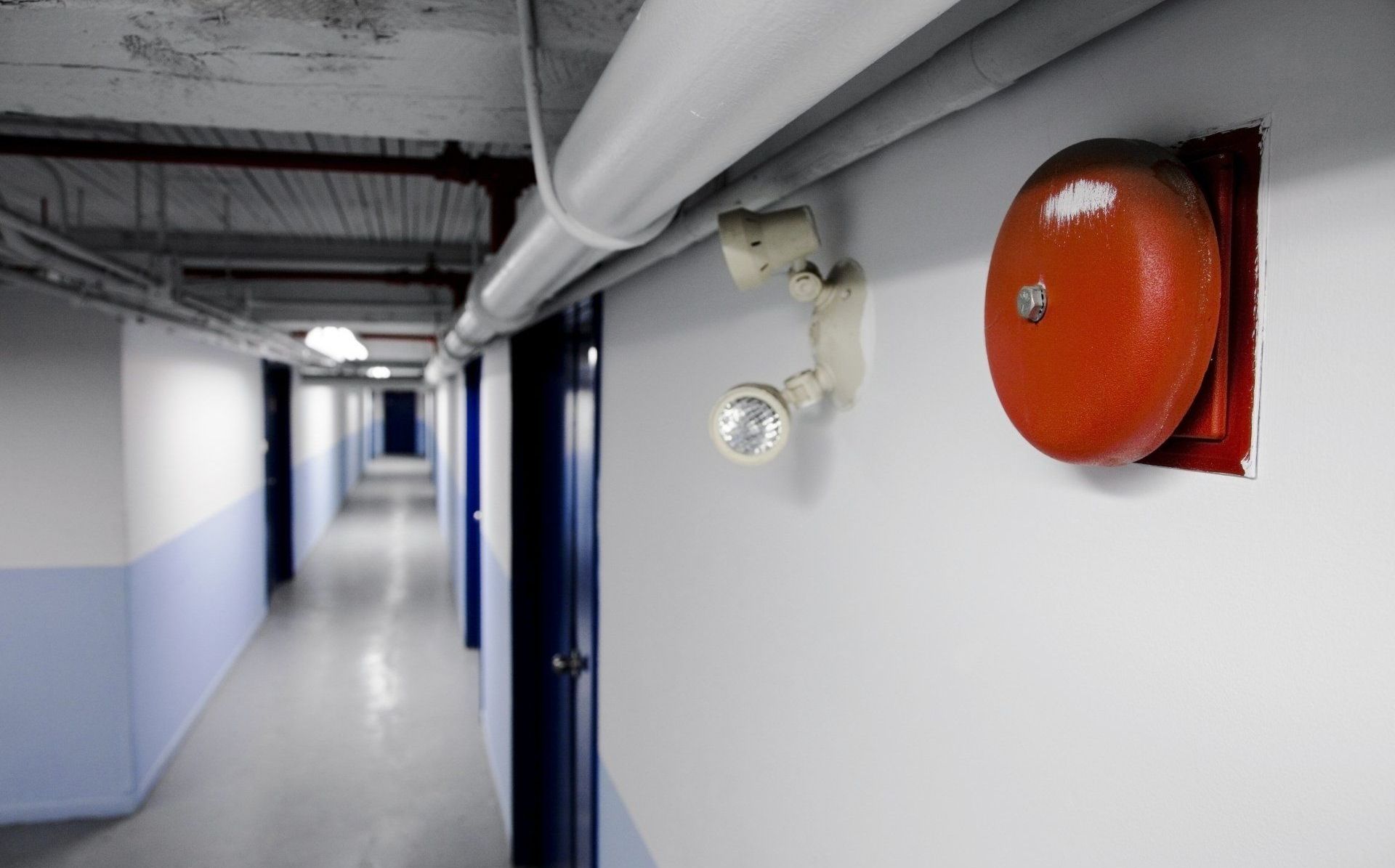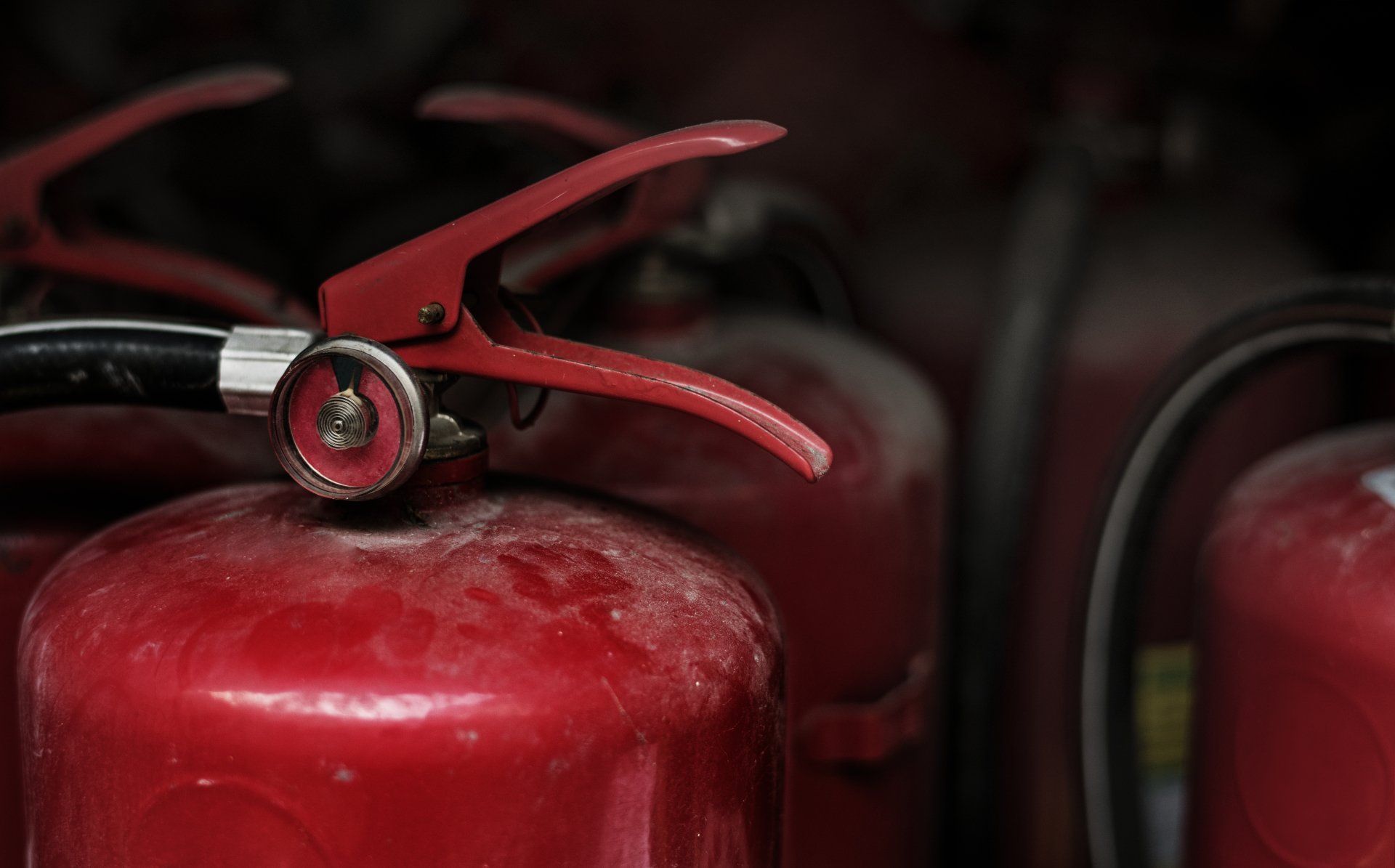Fire Risk Assessment for Schools
Book Your Assessment
Drop us a line and we’ll get back to you!
High Quality
Suitable
Sufficient
The benefits of using G.F. fire Solutions for Fire Risk Assessments for Schools:
Risk assessors have enhanced DBS
Compliant with Ofsted
Fully compliant with insurance requirements
Ongoing support available as your competent person

INDEPENDENT FIRE
RISK ASSESSORS FOR SCHOOLS
With our team of specialists, we offer you only the best when it comes to Fire Risk Assessments for Schools. Get in touch with G.F Fire Solutions today.
School Fire Risk Assessments
Within the M25 & surrounding areas.
Fire Risk Assessment Frequently Asked Questions (FAQ's):
We’ve listed out some of the questions we frequently get asked about our fire risk assessment service. If you have any other questions, feel free to get in touch.
Below, you’ll find the official regulations outlining the Fire Risk Assessment requirements for various types of premises:
6.—(1) This Order does not apply in relation to —
(a)domestic premises, except to the extent mentioned in article 31(10);
(b)an offshore installation within the meaning of regulation 3 of the Offshore Installation and Pipeline Works (Management and Administration) Regulations 1995(1);
(c)a ship, in respect of the normal ship-board activities of a ship’s crew which are carried out solely by the crew under the direction of the master;
(d)fields, woods or other land forming part of an agricultural or forestry undertaking but which is not inside a building and is situated away from the undertaking’s main buildings;
(e)an aircraft, locomotive or rolling stock, trailer or semi-trailer used as a means of transport or a vehicle for which a licence is in force under the Vehicle Excise and Registration Act 1994(2) or a vehicle exempted from duty under that Act;
(f)a mine within the meaning of section 180 of the Mines and Quarries Act 1954(3), other than any building on the surface at a mine;
(g)a borehole site to which the Borehole Sites and Operations Regulations 1995(4) apply.
The above legislation states that that every type of building is covered by The Regulatory Reform (Fire Safety) Order. So if you’re responsible for any building, you are required to conduct fire risk assessments on a “regular basis”.
During their inspection, the fire risk assessor’s objective is to compile a comprehensive report highlighting instances of fire safety regulation breaches. To achieve this, they will capture photographic evidence of observed safety lapses and take detailed notes to facilitate report writing.
They will likely request operational details, emergency procedures, safety records, and related information for the school that is under assessment.
Concluding their visit, a discussion will ensue with the responsible party, addressing identified risks and allowing for questions. The report will delve into action plans and risks more extensively.
Following the visit, a report and action plan will be formulated and sent to the responsible individual. Ongoing assistance will be offered if needed for fire risk assessment and executing the action plan.
A fire safety assessment for schools typically involves the following five steps:
Identify Fire Hazards: This step involves thoroughly inspecting the school premises to identify potential fire hazards. This could include examining electrical systems, heating equipment, flammable materials storage, and other potential ignition sources.
Identify People at Risk: Determine who might be at risk in case of a fire. This includes students, teachers, staff, visitors, and anyone else present on the school premises. Consider factors like mobility issues and special needs.
Evaluate, Remove, or Reduce Risks: Assess the identified risks and take steps to eliminate or minimize them. This could involve fixing faulty wiring, improving fire doors, ensuring escape routes are clear, and providing proper training for staff and students.
Record Findings and Prepare an Emergency Plan: Document all findings from the assessment and create an emergency plan. This plan should outline evacuation procedures, assembly points, communication methods, and responsibilities of staff during a fire emergency.
Regular Review and Update: Fire safety assessments should be reviewed and updated regularly. Changes in the school’s layout, occupancy, or regulations may necessitate updates to the assessment and emergency plan.
Remember that fire safety assessments should be conducted by qualified individuals who have knowledge of fire safety regulations and procedures. Additionally, regulations and guidelines may vary by location, so it’s important to adhere to local requirements.
The frequency of school fire risk assessments can vary depending on local regulations, the size and nature of the school, and changes to the premises or operations. However, as a general guideline:
Annually: Many educational institutions opt to conduct fire risk assessments on an annual basis. This regular schedule helps ensure that any potential fire hazards are identified and addressed promptly.
Major Changes: Whenever there are significant changes to the school’s premises, layout, or operations, a fire risk assessment should be conducted. This could include renovations, expansions, or changes in the number of students and staff.
Material Changes: Even if not major, any material changes that might impact fire safety should prompt a reassessment. This could involve modifications to fire safety systems, occupancy changes, or alterations to escape routes.
Regulatory Updates: If there are changes to fire safety regulations or guidelines in your area, it’s important to review and update your fire risk assessment accordingly.
Emergencies or Incidents: If there is a fire-related incident on the school premises or any other relevant emergency, it’s advisable to review and update the assessment as needed.
Remember that the ultimate goal is to ensure the safety of students, staff, and visitors. Regular assessments help maintain a safe environment and ensure that fire safety measures remain up to date. It’s important to consult with local fire authorities or experts to determine the best schedule for your specific school.
Failure to comply with current Fire Safety Legislation is illegal in the U.K. Whether commercial or residential, your grounds can be inspected by the authorities to assess whether you are following all relevant fire safety legislation.
They will often ask for a copy of your most recent fire risk assessment report and confirm whether or not all necessary recommendations have been followed.
If you are found to not be complying with current legislation, the law can exercise the following options:
1) Carry out further inspection of the building.
2) Enforce a mandatory Fire Risk Assessment to be conducted as soon as possible which must be taken care of by the person responsible for the building (if one is not already arranged).
3) Serve Enforcement Notice requiring the Responsible Person to take the necessary steps to achieve legislative compliance within a set time frame.
4) Serve a Prohibition Notice which can result in the closure of the premises on a temporary basis. This can either be a full or partial closure.
5) Prosecute on the basis of non compliance with fire safety legislation (Up to 2 years in prison and an unlimited fine)
The FAQ section may be out of date at the time you are reading this, so we don’t recommend using the legislation on these pages as a substitute for the official pages.





